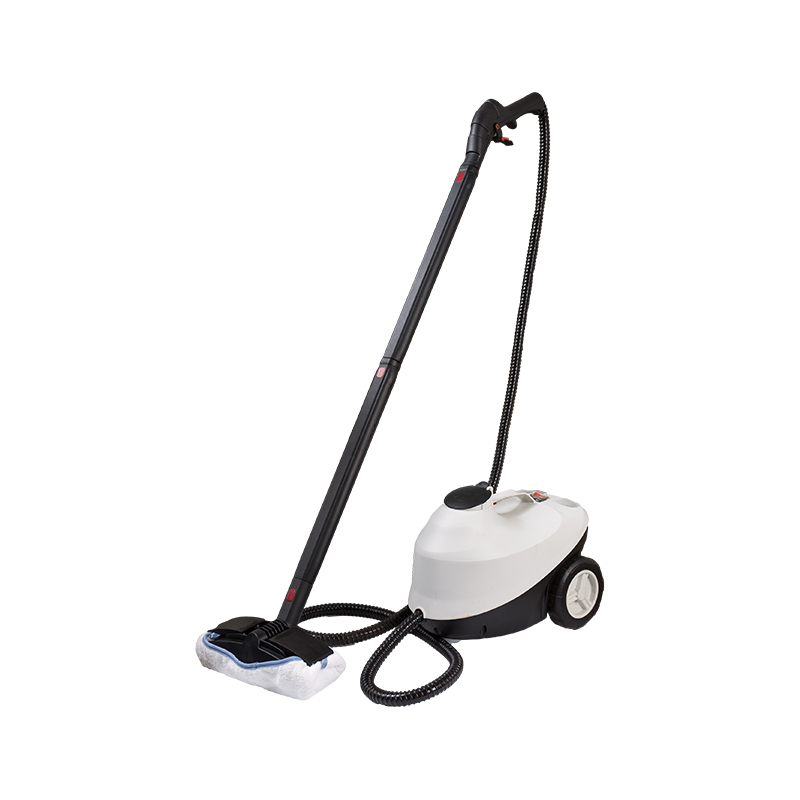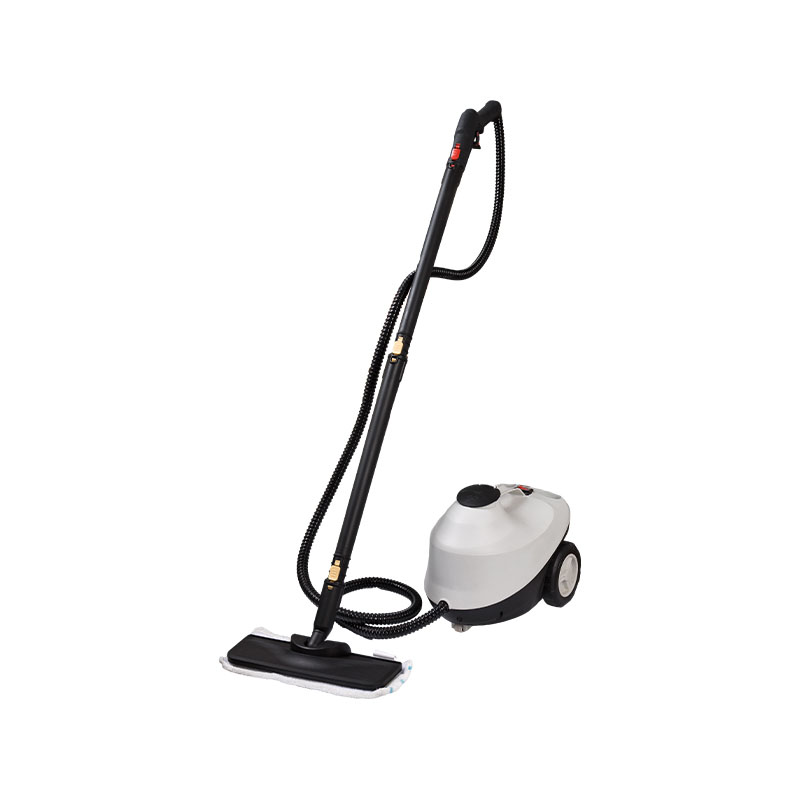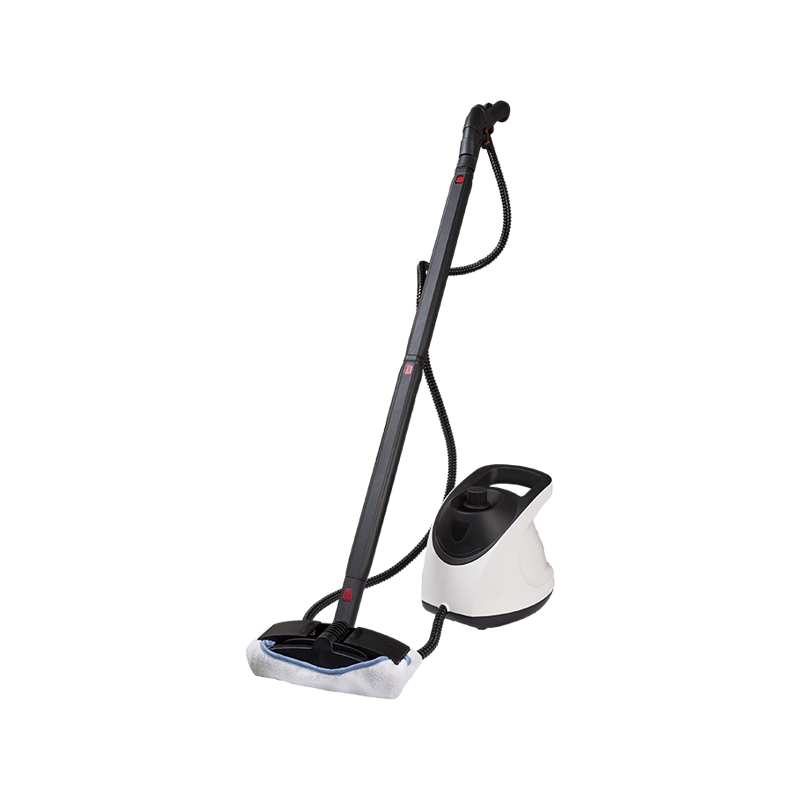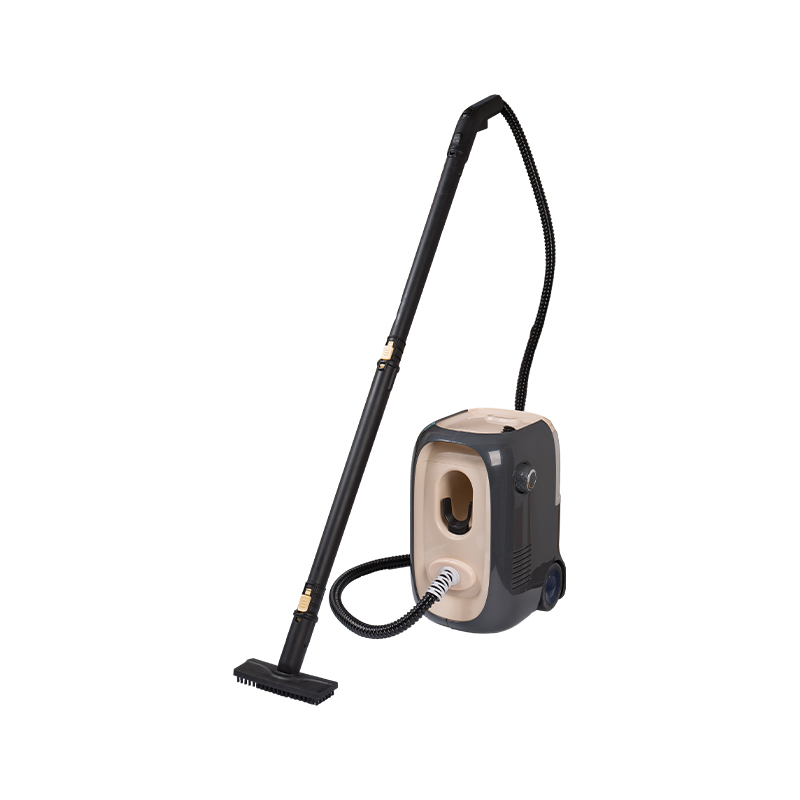-
Phone: +86-13282120735
-
Tel: +86-0571-58307962
-
Fax: +86-0571-58307999
-
E-mail: jy@hzkelong.cn
-
ADD:The Southern Industrial Development Area, Meicheng Town, Jiande City,Zhejiang, China

Do Steam Cleaners Eliminate Odors from Fabrics or Rooms?
Odors are one of the most persistent challenges in maintaining a clean and comfortable living environment. Whether it’s the musty smell from upholstery, lingering pet odors, or smoke that has settled into curtains, these scents can stubbornly cling to fabrics and rooms despite regular cleaning. Many homeowners and professionals now turn to steam cleaning as an alternative to traditional cleaning methods. But does steam cleaning truly eliminate odors — or does it simply mask them?
1. Understanding How Odors Form
Before exploring how steam cleaning tackles odor, it’s important to understand where unwanted smells come from. Odors are caused by microscopic particles — organic or chemical compounds — that become trapped in porous materials such as fabric fibers, carpets, and upholstery.
Common odor sources include:
- Pet odors from dander, saliva, and accidents
- Smoke from cigarettes, cooking, or fireplaces
- Mildew or mold growth in damp areas
- Spilled food or drinks that have penetrated fabric layers
- Body oils and sweat absorbed by bedding or furniture
When these particles settle deep within materials, simple surface cleaning or air fresheners only disguise the smell temporarily. To truly eliminate the odor, the source itself must be neutralized or removed — and that’s where steam cleaning can play a vital role.
2. How Steam Cleaners Work
Steam cleaners use high-temperature water vapor to loosen dirt, sanitize surfaces, and dissolve odor-causing residues. Unlike chemical cleaners, steam relies solely on heat and moisture.
Here’s how the process works:
- Heating the water: The machine heats water to around 200°F (93°C) or higher, producing dry or wet steam depending on the model.
- Steam penetration: The vapor penetrates fabric fibers, upholstery, and surface pores.
- Thermal breakdown: High temperatures break down organic compounds, oils, and bacteria that cause unpleasant smells.
- Evaporation: The vapor quickly evaporates, leaving minimal moisture and preventing mold growth.
Because the steam reaches areas that are difficult to clean manually — such as deep carpet layers or mattress cores — it can reach odor sources that surface cleaners miss.
3. Why Steam Cleaning Helps Remove Odors
Steam cleaning removes odors through three main mechanisms:
a. Heat Neutralization
Heat is a natural disinfectant. When steam reaches temperatures above 180°F (82°C), it can kill odor-causing bacteria, dust mites, and mold spores. These microorganisms are often the root cause of persistent smells, especially in fabrics and carpets.
b. Deep Penetration
Unlike sprays or wipes that only clean the surface, steam penetrates deep into porous materials. This allows it to loosen and extract odor sources from fibers, seams, and padding layers.
c. Residue-Free Cleaning
Many cleaning products leave behind chemical residues that can attract more dirt and even cause new odors. Steam cleaning uses only water, so it leaves fabrics cleaner and fresher without artificial scents or irritants.
4. Steam Cleaning Different Fabrics and Surfaces
Steam cleaners can be used on a variety of materials, but understanding their limitations ensures the best results.
a. Upholstery and Sofas
Upholstered furniture often traps odors from pets, food, and everyday use. A handheld or upholstery-specific steam cleaner can help break down embedded grime and bacteria. Always test a small hidden area first to ensure the fabric is colorfast.
b. Carpets and Rugs
Carpets are notorious for harboring dust and odor molecules. Steam cleaning can lift odors from deep fibers, particularly when used with proper attachments. However, avoid over-saturating carpets to prevent mold growth.
c. Curtains and Drapes
Steam cleaners work well on hanging fabrics, removing both odors and wrinkles simultaneously. Regular steaming can also refresh rooms that feel stale or closed off.
d. Mattresses and Bedding
Mattresses absorb sweat and body oils over time. Steam cleaning them occasionally can help remove musty smells, dust mites, and allergens. Allow the mattress to dry completely before using it again.
e. Hard Surfaces and Rooms
Steam cleaners are also effective on tiles, grout, and hard floors where mildew and moisture can cause bad smells. Using a steam mop in bathrooms and kitchens helps keep these areas odor-free.
5. Comparing Steam Cleaning to Other Odor Removal Methods
| Method | Effectiveness | Residue | Eco-friendliness | Longevity |
| Air fresheners | Masks odors temporarily | Yes | Moderate | Short-term |
| Chemical cleaners | Moderate to high | Often leaves residue | Low | Medium |
| Baking soda or vinegar | Natural deodorizing | None | High | Moderate |
| Steam cleaning | High (kills bacteria & neutralizes odors) | None | Very high | Long-term |
Steam cleaning stands out for being both eco-friendly and residue-free, offering a deep cleaning effect that removes the source of odors rather than simply covering them.
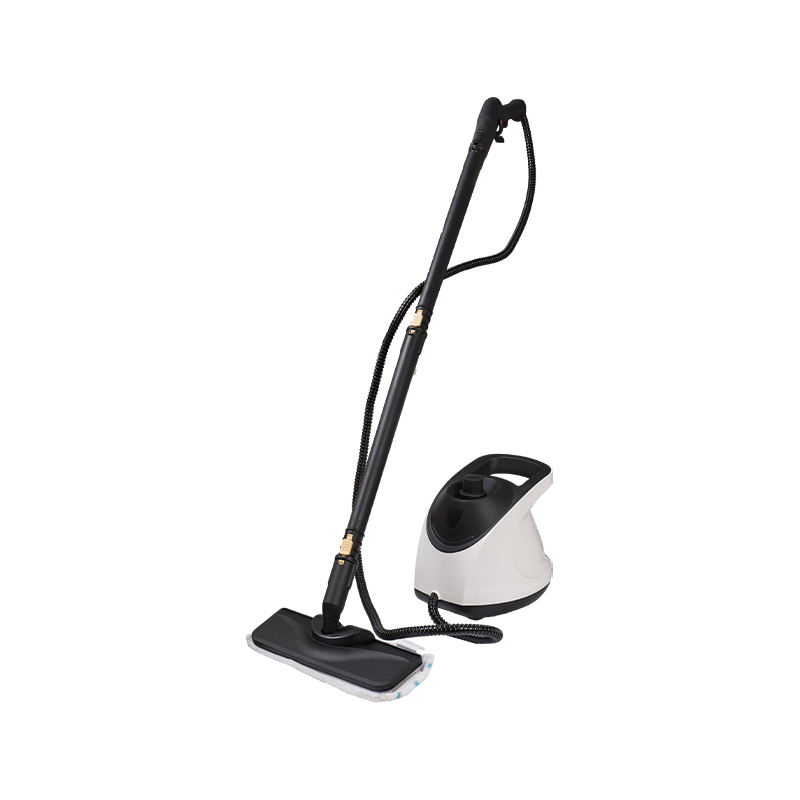
6. Situations Where Steam Cleaning Excels
a. Pet Odors
Pets shed hair, leave oils, and sometimes have accidents that soak into fabrics. Steam’s heat kills odor-causing bacteria and neutralizes the ammonia compounds found in urine.
b. Smoke and Cooking Smells
Smoke particles cling to soft surfaces and air vents. Steam cleaning curtains, upholstery, and carpets helps remove trapped smoke and lingering cooking odors without chemicals.
c. Mold and Mildew
Steam kills mold spores on contact and helps loosen mildew stains from grout or fabrics. Regular steaming can prevent musty smells in humid environments.
d. Allergens and Dust Mites
Although not directly odor-related, removing dust mites and allergens through steam cleaning contributes to fresher indoor air quality and an overall cleaner scent.
7. Limitations of Steam Cleaning for Odor Removal
While steam cleaning is powerful, it is not a cure-all. There are scenarios where it might be less effective:
- Deep-set pet urine in carpet padding: If urine has soaked below the surface layer, the odor may persist. In this case, professional extraction or replacement may be required.
- Smoke-damaged rooms: Severe smoke contamination may require ozone treatment or specialized air purification.
- Delicate fabrics: Silk, velvet, or antique materials can be damaged by high heat and moisture.
- Persistent chemical odors: Steam can’t neutralize some synthetic smells (e.g., paint or solvents).
Therefore, pairing steam cleaning with other odor-control methods can yield the best long-term results.
8. Tips for Effective Odor Removal with Steam Cleaning
a. Use Distilled Water
Tap water contains minerals that can build up inside the machine and reduce efficiency. Distilled water produces cleaner, purer steam.
b. Pre-Clean Surfaces
Vacuum or dust surfaces before steaming to remove debris that could interfere with penetration.
c. Move Slowly
For maximum heat exposure, move the steam nozzle slowly over the fabric, allowing the vapor to penetrate deeply.
d. Ventilate the Area
Open windows or use fans after steam cleaning to allow faster drying and air circulation.
e. Regular Maintenance
Descale the machine periodically and clean filters to maintain consistent steam pressure and temperature.
f. Optional Natural Enhancers
If you prefer a mild fragrance, you can add a few drops of essential oil to a cloth placed near the steam output — never directly into the water tank unless the manufacturer allows it.
9. The Environmental and Health Advantages
Steam cleaning doesn’t rely on harsh chemicals or synthetic fragrances. This makes it an environmentally responsible option and ideal for households with allergies or sensitivities. It also reduces the number of disposable wipes, sprays, and paper products used during cleaning, minimizing environmental waste.
Moreover, the lack of chemical residue means there’s no lingering artificial scent — only the natural freshness of clean fabrics and air.
10. When to Consider Professional Steam Cleaning Services
For large areas or stubborn odors, professional steam cleaning services offer stronger equipment and specialized techniques. They can handle multi-layer carpet odors, vehicle interiors, and commercial spaces where consumer-grade steamers might not be sufficient.
Professional services also have access to extraction vacuums that remove loosened residues immediately after steaming, ensuring thorough cleaning and faster drying.
11. Summary: Does Steam Cleaning Really Eliminate Odors?
Yes — steam cleaners can effectively eliminate many types of odors from fabrics and rooms, especially those caused by organic matter such as food spills, pet accidents, smoke, and mildew. The high heat kills bacteria and breaks down odor molecules, while the moisture lifts and removes residue trapped deep within fabrics.
However, complete odor removal depends on the type of smell, its source, and the material being cleaned. Steam cleaning works best as part of a regular maintenance routine combined with proper ventilation and preventive care.
12. Final Thoughts
Steam cleaning represents a balanced blend of science, simplicity, and sustainability. By using the natural cleaning power of heat and moisture, it addresses the root causes of odor rather than masking them with artificial fragrances. For anyone striving for a truly clean and fresh home — one that smells naturally pure — investing in a reliable steam cleaner can make a noticeable difference.
It’s not a miracle tool, but when used correctly and consistently, it becomes one of the most effective and environmentally friendly ways to maintain odor-free fabrics and rooms.

